|
Deciding what driveway surface to choose for your driveway? Here's a few ideas to get you going in the right direction.
There are different types of gravel, but for simplicity we'll break it down into two main categories: Gravel with fine particles, and gravel without. We generally call the rock with the finer particles 'road base gravel' because it is used to strengthen and pack the base of a road. It is also referred to as 'flex base gravel', or 'base rock'. Gravel without finer particles is sometimes called 'washed' rock, and is can also be referred to as 'wash rock', 'landscape rock', 'topcoat rock', 'driveway top coat' or 'decorator rock'. Flex Base Gravel (with fines): This rock has fine particles included so that it packs tighter. It is best for driveway, road, and parking areas where strength is needed. Washed rock (without fines): This rock is best for drainage uses, decorative areas, or as a thin top layer of a road or driveway. Some larger rock types are good to put down over dirt, or in muddy areas, but generally, washed rock is used for decorative purposes - especially if it is of a smaller size. We see a lot of DIY'ers getting washed rock when flex base gravel should be used. If the road is in good shape, decorative rock may be the right solution, but if there are issues with the road, chances are flex base is what is needed. Understanding the uses of various rock types: First off, here in Texas, we have a lot of underlying soil conditions as well as drainage problems and a lot of trucks :) This means that just laying down any sort of loose gravel over dirt or grass isn't going to be very effective overall here in Texas. Loose gravel pushes when twisted on and could leave low or bare spots. For this reason, we build a road with sturdy larger rock at the bottom, flex base next, and then a decorative rock if desired for the top coat. The top coat could also be left as flex base, or could be paved with hot mix asphalt or recycled asphalt. The good news is that you don't have to know exactly what rock to use if you know us. We'll tell you if you are doing the work yourself, or we will quote the job if you're in the area. Hope this helps! Fixing Deep Potholes - The Pothole Repair Process for Gravel Driveways, Parking Lots & Country Roads1/22/2023
Wondering what it takes to fix large potholes, or washed out gravel roads? If you want to get out of the mud while putting a stop to the bumpy drive there are solutions! Deep potholes and fixing washed out areas can be a tough one. For one thing, filling the potholes or wash out with material may not fix the problems. If you've had a washed out driveway or deep potholes in North Texas, you probably know that they come back more often than not. Filling a pothole with gravel likely won't fix it. Usually, a paving contractor will be needed to actually fix serious issues like in the picture below. No two situations are exactly alike, but digging ditches, putting in culverts, digging out bad areas, using rock to reinforce the areas, and grading and compaction are some of the ways we'd address the issues. If you are trying to fix a washout or a pothole on your own or on a small budget, you can fill them with whatever you can afford or have around. Just know that many times you are temporarily fixing things, and that a more permanent solution may require expert advice. It is likely that when you do bring a contractor in, they will remove any attempt you have made. But... If that means your drive is better while you save up or consult paving companies you have made a contribution. Things we don't recommend you put in a pothole or wash out: Bricks & wood. Try to stick to rock when attempting a driveway repair as much as possible. If you're in the North Texas areas we work in, we can quote a driveway repair for you at no cost. Also, please checkout the deep potholes pdf below for more information on how to address repairing a deep pothole in North Texas! Here's a pdf flyer (letter sized) if you're interested in downloading and printing:
Gravel Paving ExplainedHave you asked yourself if there is a good solution for gravel driveway maintenance in north Texas? Here’s how to look at it, repair it, and enjoy that country drive: first off, soil in Texas is generally unfavorable when it comes to roadways. The expansion and contraction, and water retention of underlying soil is such that most gravel driveways don’t stand a chance. Then, when you add improper grading and lack of regular maintenance driveways go from bad to worse. But it’s not all bad and here’s why... adding gravel to a gravel driveway, grading it, and compacing it solves the problem on the cheap. Depending on the current state of the driveway, you should only need to add fresh gravel every 3-5 years to compensate for lost gravel over time, and to fill in low spots. it may seem over-simplified, and to some extent that’s true. There are instances where this becomes tricky, even for experts. The fact, however, is that adding gravel periodically, when combined with proper grading and fresh rock added (where needed) is the best strategy. Waiting until the drive is undriveable, adding bricks or wood in potholes, etc. just makes repair more extensive. The case for keeping rock driveways in good condition from a practical perspective is enjoyment and useability of the drive, and taking pride in your property that can improve the neighborhood home values. From a structural viewpoint, we believe a drive in good condition encourages water to flow off the drive, not holding in puddles, or eroding areas. A well maintained driveway will better avoid uneven wear. Because areas under water-logged driveways lose strength, more movement underneath can occur over time. This creates a situation where underlying soil is variable, and not consistent throughout the drive. What this all adds up to is that a drive with some sort of regular maintenance will reduce wear and unevenness. Gravel driveways need maintenance from time to time. If you are in north Texas we’ll bid your driveway repair at no cost, and if you are out of our area, call around for someone who can Affordably deliver rock, grade, and compact your drive so you can enjoy the drive without bigger issues down the road. One final note, if you have a drive in very bad condition you need to make sure that the contractor has a way to even out and repair very bad sections before just putting rock down.
kk, let us know if you have any questions! Let’s dive in! Recycled Asphalt is perfect in certain cases and not in others. Consider these questions to see if it’s right for you. Is this a new driveway? If so... yes! But you’ll have to build a base for it first. Without a base the dirt and clay underneath may mix with it creating a muddy mess. Is the driveway low, holding water, or damaged? If gravel is the existing surface, addressing those issues first would make for a better final product. When we’re on jobs, we plan to address issues first so the top layer of recycled has longevity. If the driveway is old asphalt it’s probably okay to pave recycled over it in most cases if done right. Let’s talk finance. Do you want concrete or hot mix and have the cash to spend? If you can afford it, concrete and hot mix are solid long-lasting surfaces. If you don’t want to pony up there extra cash then yes, recycled asphalt is way cheaper, less dusty than gravel, and far smoother than a worn driveway. It’s also nice when a country drive is paved nicely whereas the cost of other topcoats would be too expensive to do anything. In other words, it is better to do recycled asphalt than let a driveway degrade to the point that you have to spend oodles more dealing with it later. Aesthetics are important. We do a lot of rural residential and commercial where recycled asphalt fits the look and feel of the property perfectly. In some cases though, it’s got the wrong vibe. A Tuscan-style wedding venue could use that red decomposed granite and look picturesque for example. Concrete and hot mix sometimes look too fancy or urban. Recycled asphalt has a relaxed feel, without the plumes of dust trailing behind vehicles over gravel. So, does the country vibe appeal to you in any way? It’s a civilized upgrade to gravel, sitting somewhere under hot mix and concrete in terms of fanciness. So there ya have it. It’s best to have us, or another paving company make a recommendation, but there is some good news either way. If you pave recycled asphalt it will add to the overall amount of material on your driveway which is almost always a good thing. And whatever you do, just don’t put recycled over clay or dirt and you’ll be moving in the right direction. Free Recycled Asphalt Paving estimates available in North Texas by us (click on button below). Outside our work area? consult local paving guys and ask if they do recycled asphalt in your area. Chances are you’ll love it! Professional paving installation and repair will keep your driveway or parking lot looking great, without the bumps, holes, and standing water. As an insured paving contractor in North Texas, Country Roads can be your trusted partner for commercial paving jobs that are done right. We handle all aspects of paving construction, including parking lot paving and driveway paving. We have the gear and experience to solve your most challenging paving problems. Paving Solutions in North Texas: Parking Lots - make a good first impression with a fresh coat of asphalt and striping. You can ensure the parking areas have clearly defined parking spots through striping, and maintenance such as crack repair, patching, and seal coating can polish it off. Road and Driveways - This is the first thing people see when entering your place of business. A well-maintained driveway can add value not only to the business, but to the property. Country Roads can be your partner for installation of new roads or drives, as well as overlays, crack repair, striping, and seal coating to give it a fresh look. Patios and Walkways - Paths to open areas can be paved with a number of materials including gravel, recycled asphalt, asphalt and concrete. We may be able to create something special for your business while we're fixing up the roads!
A few things we do differently: • We don't close roads more than temporarily. We allow access best we can before, during, and after paving. • Our prices are consistent from job to job, we base our pricing on materials needed and time. We compile all the info needed so you get one price to get the job done right. • You'll find us very approachable and responsive, which helps us both, in terms of scheduling, staging, and job completion estimates. • We own the equipment we pave with. This has some serious benefits to you, as we don't price expensive rental fees into your quote. Commercial and Municipal Paving Page If you're in North Dallas, let's find out if we would be a good fit for your paving project. Get a free paving estimate here.
Top 5 paving options in North Texas (Dallas, TX. Area) We have a few different areas here in North Texas. This list is aimed at those with a choice of driving surface. If you're in a lot and block neighborhood you may not be allowed or aesthetically shouldn't use some of the items on this list. If you're in an area with diverse driving surfaces, this list is for you: 5. Gravel - We feel like gravel, even though it is prone to wear over time, offers the least expensive, most versitile driveway. It can be graded and refreshed easily. By far, the biggest reason to get a good gravel driveway is because it makes a better base for any other paving method you may consider in the future! FYI, topping road base with a finer 'more decorator' style top-coat will greatly enhance the look of a road or driveway. 4. Crushed Granite - If you have a property where the amazing reddish color of this material would add a decorator touch, you should consider it. It can add such an amazing look to properties. The issue with this material is that it doesn't hold well against rushing water. 3. Concrete - The best at exacting grade, and long-lasting. The downside here is expense. Many neighbors in North Texas feel concrete is over-budget and for this reason, it's in the #3 spot. 2. Recycled Asphalt - On the rise here in North Texas over the last several years, this material creates a very nice road or driveway when done right, the surface essentially hardens into a hot mix asphalt road over time, just with a country look and less out of pocket expense. 1. Hot Mix Asphalt (blacktop) - Our winner for best value and longevity. A hot mix asphalt driveway or road holds up, providing a solid surface that is easy to maintain, and costs around half as much as concrete.
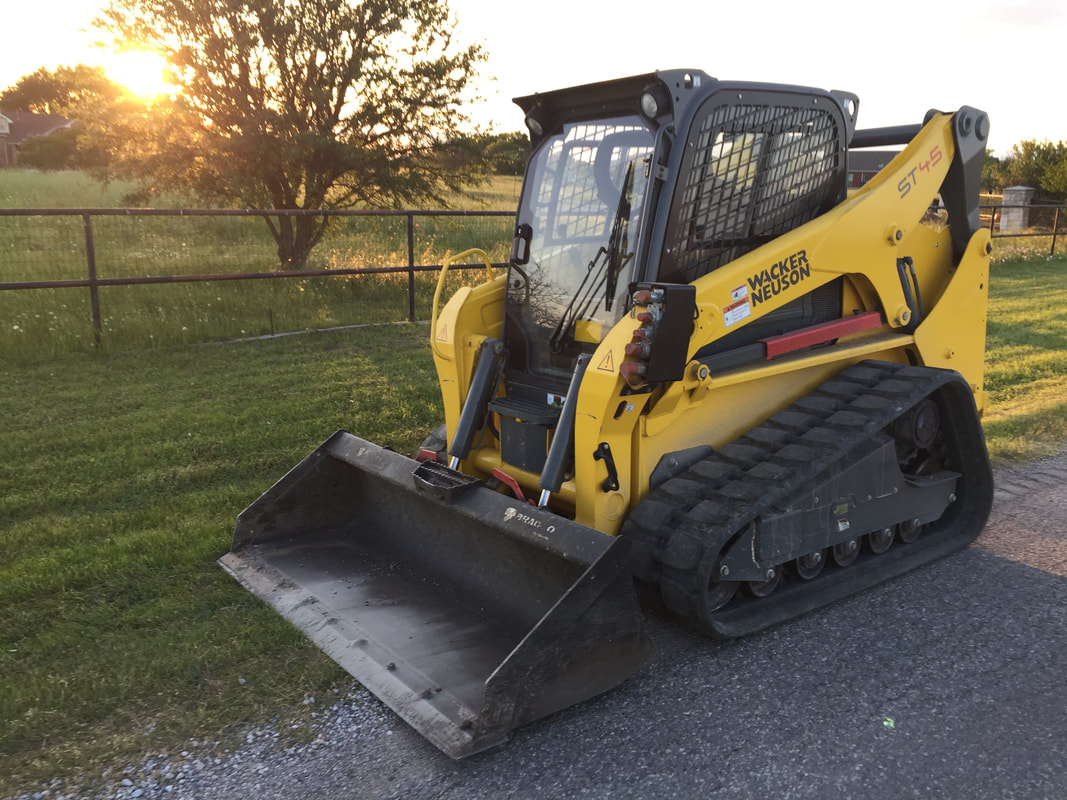 Paving can be a DIY thing or a professional endeavor, but regardless of who's doing what, the right equipment for the job is a key factor in the outcome. As a paving company in North Texas, we know the challenges involved with driveway and road paving first hand. When considering what the biggest issue with driveway repair and constructing new driveways and country roads was, quality equipment was at the top of the list!
Having done most every paving job with the wrong equipment, using the right equipment has made even more of an impact on our opinion. The equipment used is really the key factor to creating long-lasting, beautiful driveways, roads and accomplishing the many interesting horse property, ranch, and country property dirt work and grading projects found here in Texas. Things to consider... First off, if you have equipment of your own, use it. Just be on the lookout for the benefits and drawbacks to the equipment your using. If nothing comes to mind, just know that there are some! For instance, a lot of folks out here in the country grade roads with a tractor. If that's what you have available that's great, but we've found grading to be better accomplished by a loader like we use (pic above). It allows for visibility of the bucket blade and has minute movement capabilities so we can cut or drag with precision. If you're renting equipment, learn as much about the types of controls the equipment has, what attachments or capabilities, and see if anyone has used the same equipment for a similar job. The more you can find out, the better off you'll be. When hiring a professional paving company, no two companies have the same history, financial capabilities, or experience. This means, just like in most industries, that some paving companies use better equipment than others. Country Roads Paving uses newer, premium equipment and while that isn't the only reason we're worth getting a free estimate from, the machinery saves us time and money every single day. Yes, you can get a good job from other companies that use other equipment, but most often we find that people like how we get in and out quickly, the equipment making it possible to do things quicker and with more precision than they're used to. Here are a few of the items we use on a daily basis: • LeeBoy 7000 Paving Machine • Wacker Neuson ST-45 Loader • Wacker Neuson RD-12 Roller • Stratos Asphalt Distributor Using the wrong tool can be fine, but the consequences are more time on the job, a higher difficulty level, and the possibility of a lower quality job. Commercial Vs. Box Store Supplies & Materials When repairing an asphalt driveway, things like filling potholes, sealing cracks, seal coating, and repairing alligator cracks have various commercial products as well as products sold through big box stores or available on eBay and Amazon. We're not presumptuous enough to claim that commercial products are any better than the ones readily available on the market, but the possibility does exist that purchasing through a local store may not be as good. For instance, we just used a bag of cold patch from a big box store at the same time as a bag from an asphalt supplier. In this case, we found the commercial product to be light years ahead of the consumer product. The commercial product in this case was remarkable, the consumer one lackluster. Researching the methods and products will be a great benefit as you embark on any DIY project. So, if you choose to do any driveway repair yourself, check out our blog post on DIY Driveway Repair or our post about Seal Coating Your Own Driveway Feel free to ask any question about if your own equipment is up to the task, renting equipment, or more about the equipment we or other paving companies are using. Country Roads Paving is providing ranchers, farmers, and property owners in North Texas with high quality, affordable paving and excavation services. For those who keep horses, in particular, we offer stall flooring installation and repair in addition to other services.
Using sand, recycled asphalt, crushed concrete, or hot mix asphalt, we create durable, dependable flooring that will increase the longevity and durability of your barns and horse stalls. Additionally, Country Roads repairs damaged or waterlogged surfaces using crushed concrete. We also specialize in constructing affordable, long-lasting pads made of recycled asphalt to keep heavy machinery and equipment clear of mud, dust, foliage, and other debris. These pads are perfect for everything from boats and RVs to horse trailers, tractors, trucks, and ATVs. Additionally, Country Roads can build, repair, and upgrade driveways and parking lots to optimize outdoor facilities. We also install and grade access roads and provide brush removal services to improve accessibility to fields, barns, and any other area of the property you choose. If you already have hot mix asphalt roads, we have a 300 gallon spray tank ready to seal coat your asphalt driveways and roads so they last for many years to come. You can also hire us to ensure effective water drainage and prevent erosion. We offer culvert installation and repair, as well as berm construction for canals, ponds, and ditches. Another of our services is soil stabilization, which protects your property from erosion and ensures you won’t have to worry about costly and potentially dangerous deterioration to your land. We can fill in ruts left by cattle and machinery, stabilize hills, or drain areas with mud or standing water. At Country Roads Paving, we know our customers work hard and expect the best. That’s why we offer a variety of services at affordable prices to improve the safety, quality and accessibility of your property. Most people hire a professional when installing a culvert for their driveway, which, depending on the length and type of pipe required, can cost anywhere between $800 to $8,000. depending on complexity. With this in mind, you may be thinking, “why don’t I just do it myself?”
A word of caution. A project like this requires some heavy equipment and the knowledge to use it correctly. If you’re uncertain about how to operate a skid-steer loader with backhoe attachment, for example, you should probably seek out professional expertise. However, if you do plan to install or replace a culvert on your own, there are some steps you should take to make sure the process is completed successfully and safely. Here is a step-by-step guide on how to install your own culvert.
A word of caution: As a professional company in good standing with TXDOT, and the state of Texas, it's hard for us to recommend you take on a project such as installing your own culvert. We don't recommend you install your own unless you have a very high level of construction experience and even then, we would hesitate. It's dangerous and difficult, and you may just find that city and county inspectors won't respond to a homeowner in the same way they would a professional. This means that you may run into a lot more difficulty if you choose to handle the project on your own. If the job requires cement safety ends, you will have to hire someone. Remember, city and county rules change over time so the culvert you have in now may not be allowed anymore and will have to be replaced with something else. Don't install anything without making sure you know what the requirements are or you can be subject to fines or a forced removal of the driveway. Installing a culvert yourself does present a safety and financial risk. If you're in North Texas, ask us for a Free Estimate or Contact Us for more information. See Who is Responsible for Culvert Maintenance in Texas for more information. 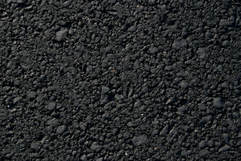 The trouble with Hot Mix Asphalt in Texas is an interesting one because there are several reasons that hot mix (and tar and chip) roads could fail. First off, the Dallas area, and North Texas in general, has had explosive growth. With that, heavy trucks traverse roads more frequently, bring in construction equipment, trailers, and heavy loads of all sorts. In an area with growth, more vehicles are present, adding to the wear and tear of the roads. Generally, when there is asphalt that is cracking, the soil and base of the road could be to blame. A sturdy base is required in order to give the road longevity. Additionally, the soil is not as sandy as other regions, and with clay and dirt, the driveway or road can be more susceptible to heaving or moving over time. The thickness of the asphalt does play a factor as well. Too thin, and the asphalt can break up over time. Compaction could be an issue as well. In cases where the base or asphalt is not compacted with a roller sufficiently, the material is more susceptible to breaking up, or causing other structural problems. Beyond that, the weather can play a role as well. Heat and moisture wreck havoc on driveways and roads, eroding underneath, or allowing the asphalt to become more pliable with heat which could cause problems as well. Although hot all that common is driving on a driveway or road that is not cured. Turning on it in the first month for instance could pull the asphalt in front of the tire away from the asphalt on the back of the tire while turning. The hot mix here is not always able to be applied without surface defects (cosmetic). Other areas in the country seem to have perfect asphalt that can be put down with perfect flatness and consistency, while here in Texas, most paving has some surface blemishes. Key thoughts: The road base under the pavement is important. Keeping water as far away from the pavement will improve the lifespan of the asphalt. Proper thickness and compaction are needed. The weather in Texas, heavy loads, or a lot of traffic will take a toll. Hot mix asphalt cure time is important. There will very likely be blemishes in the overlay or top coat of asphalt. |
Country RoadsRural drives and private roads are our passion. We post recent jobs, paving techniques, and tips and tricks here. Enjoy! Archives
January 2023
Categories
All
|
||||||||

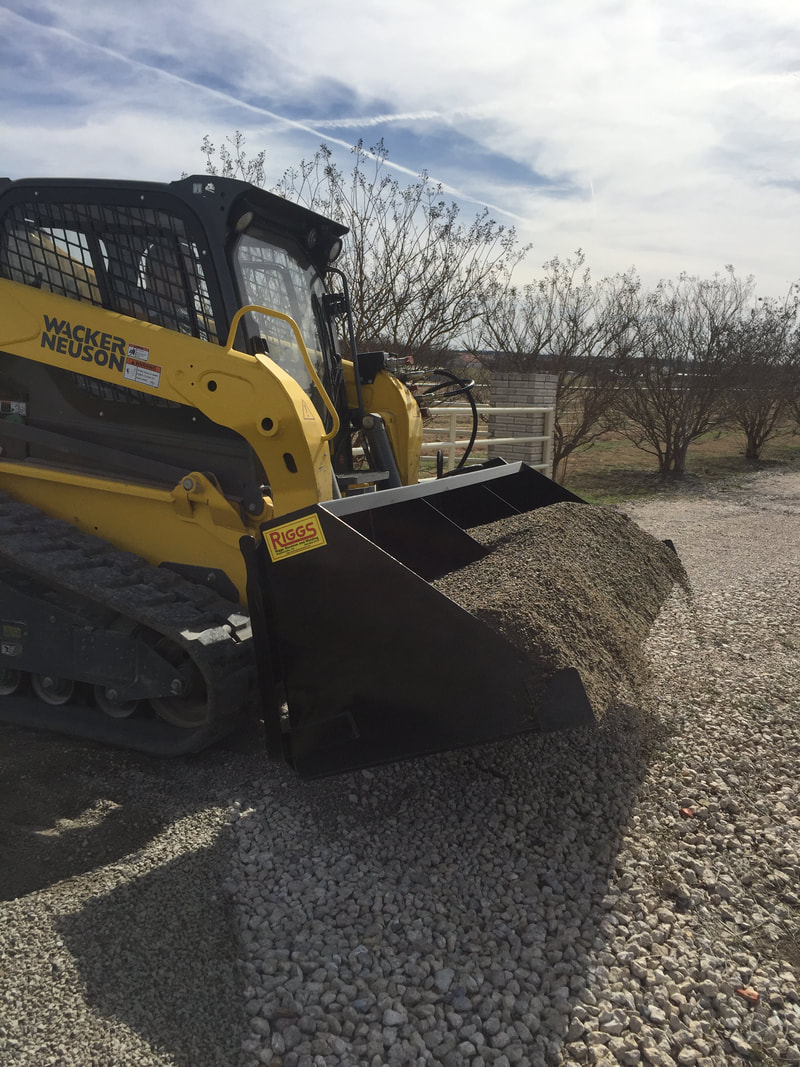
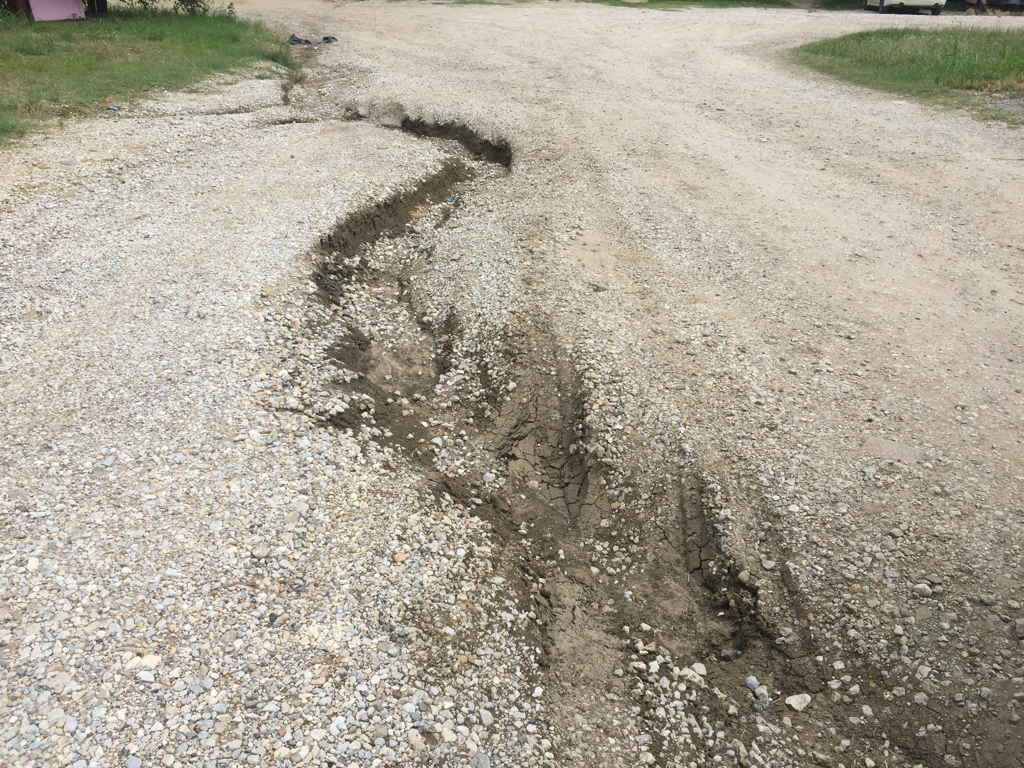
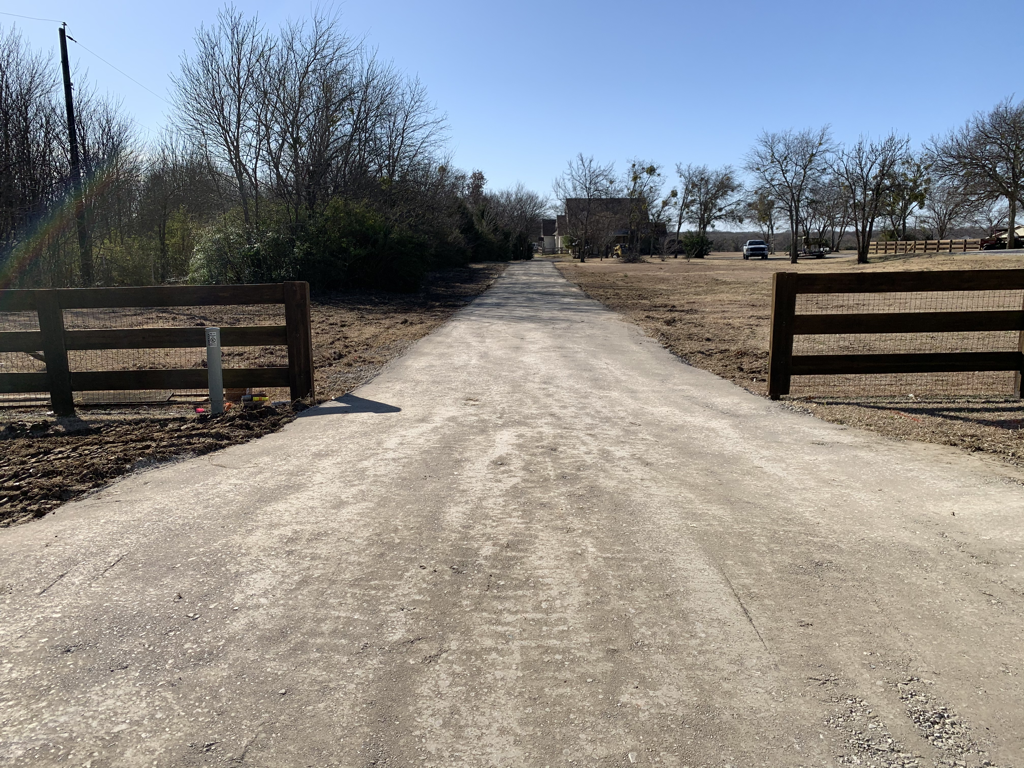
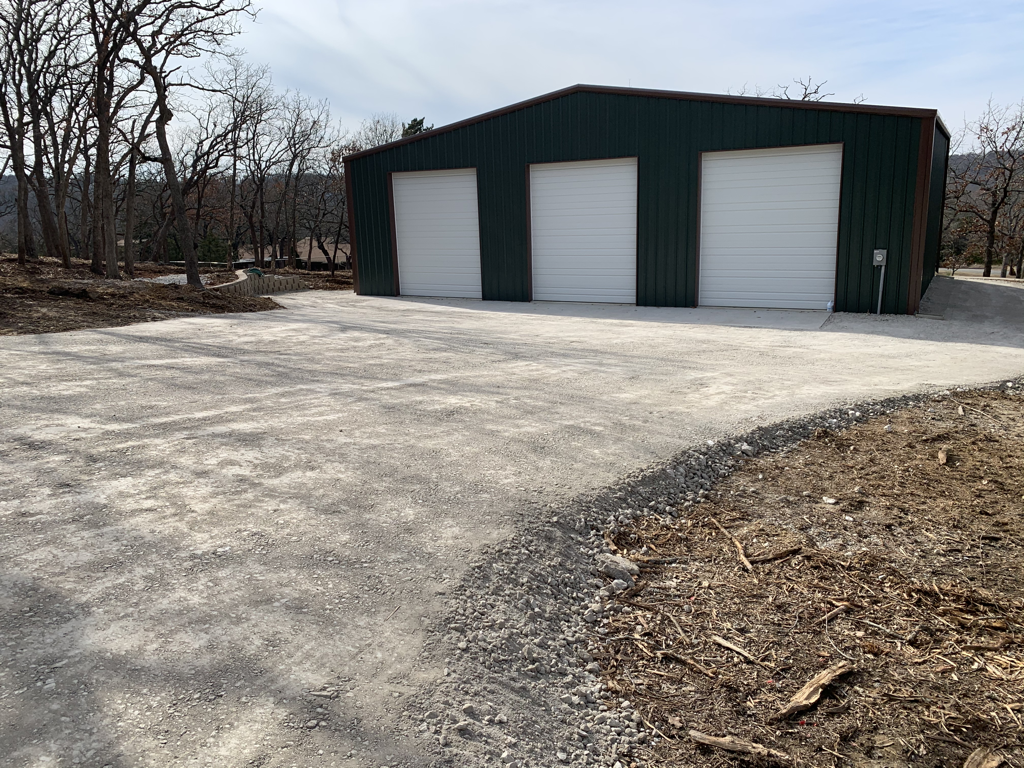

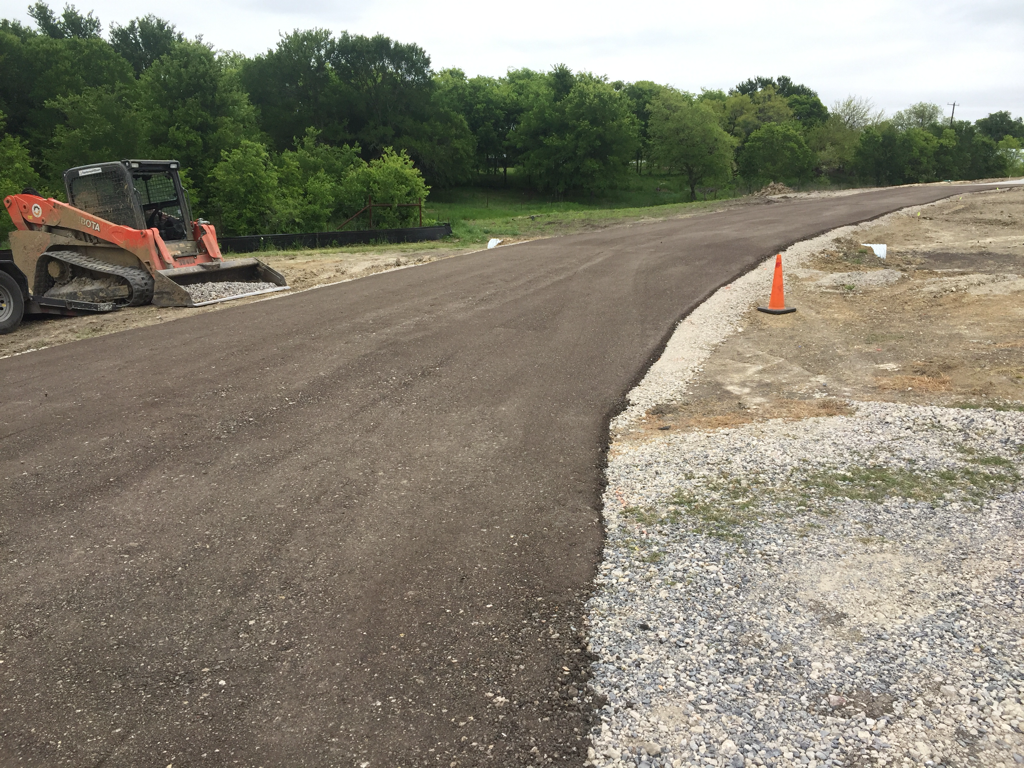

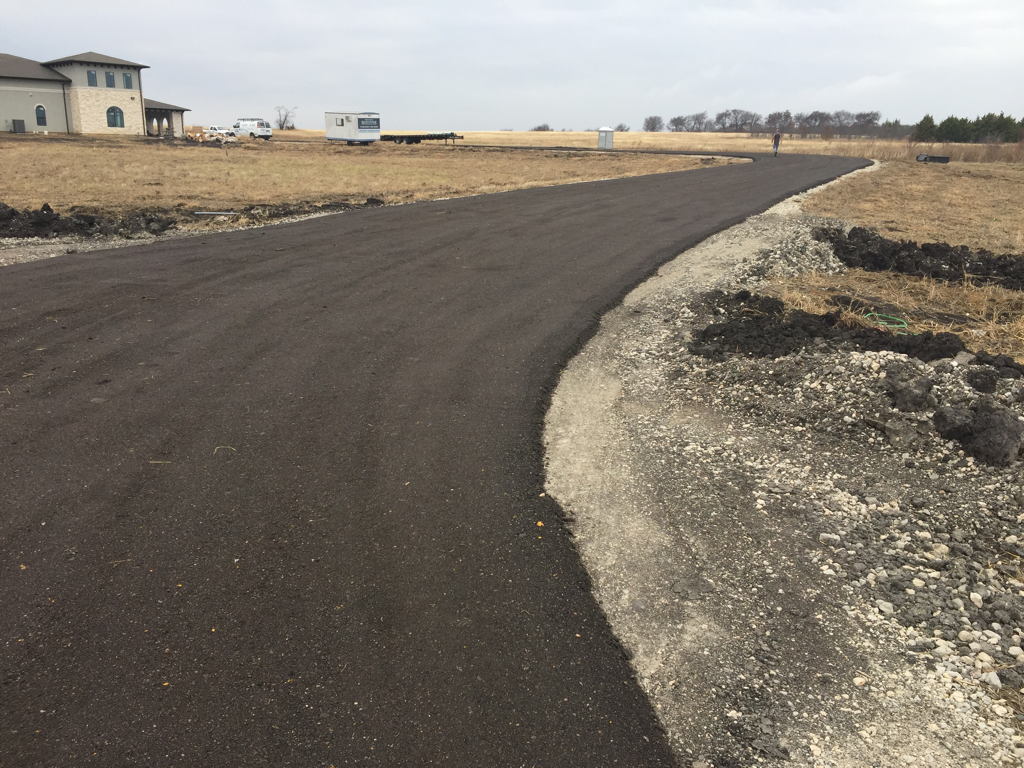
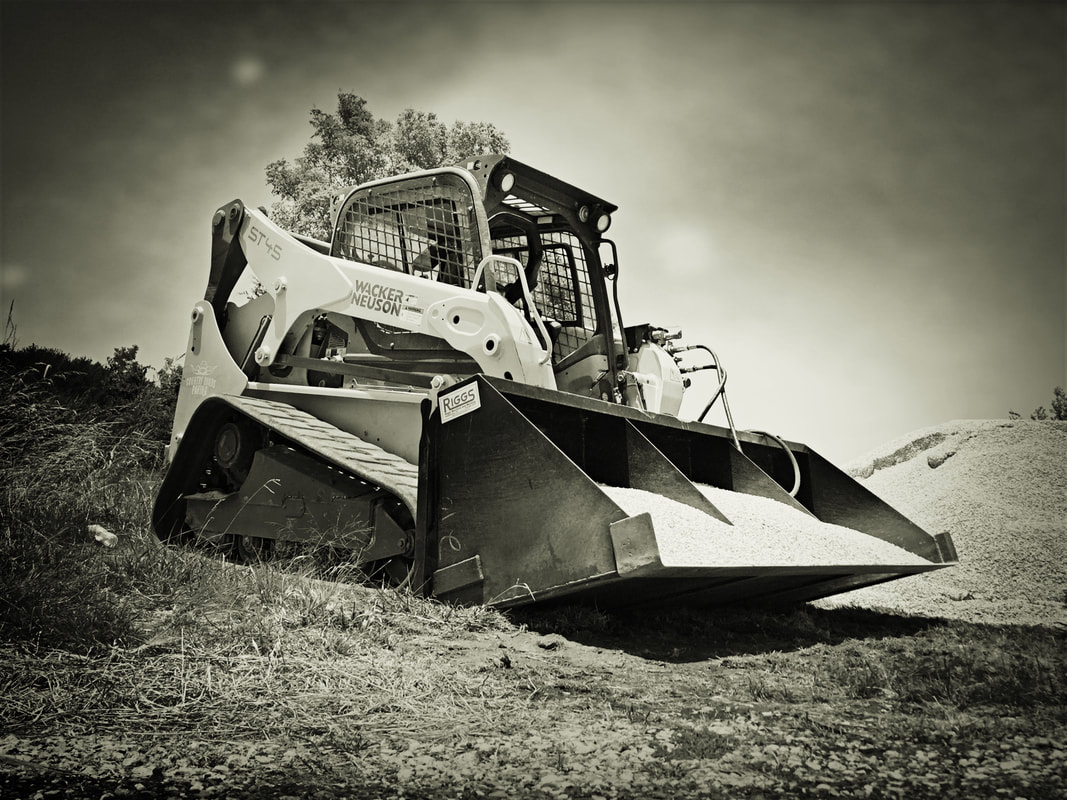
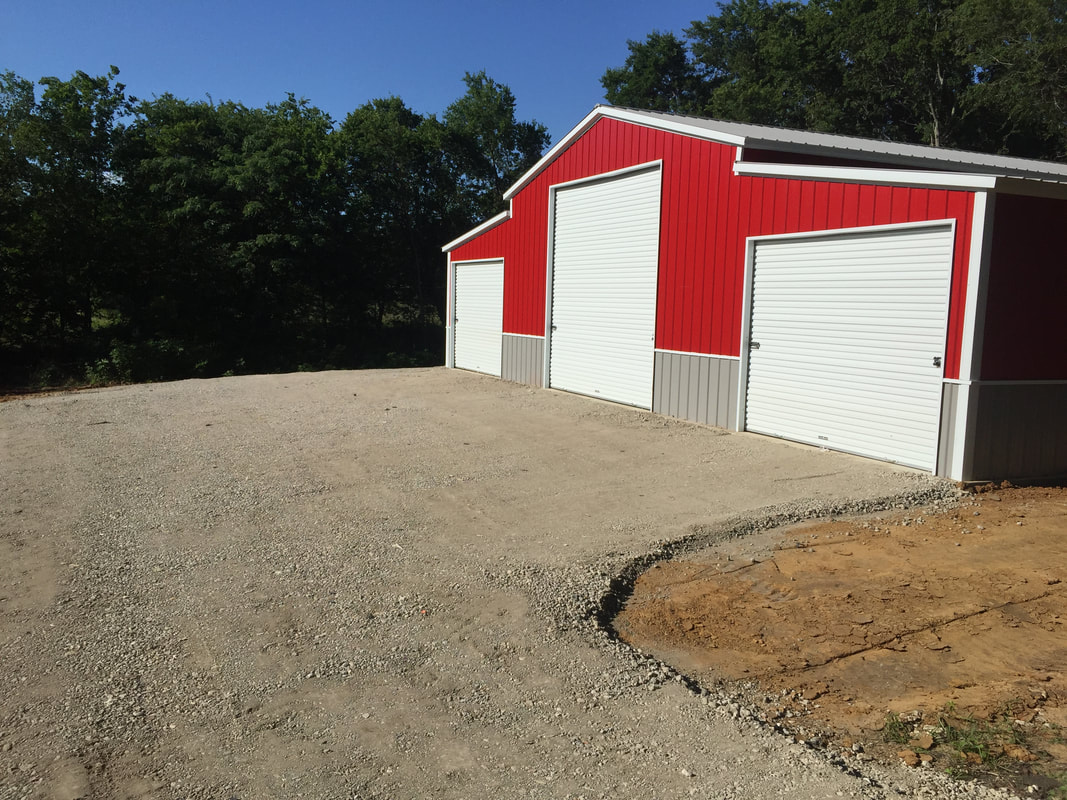
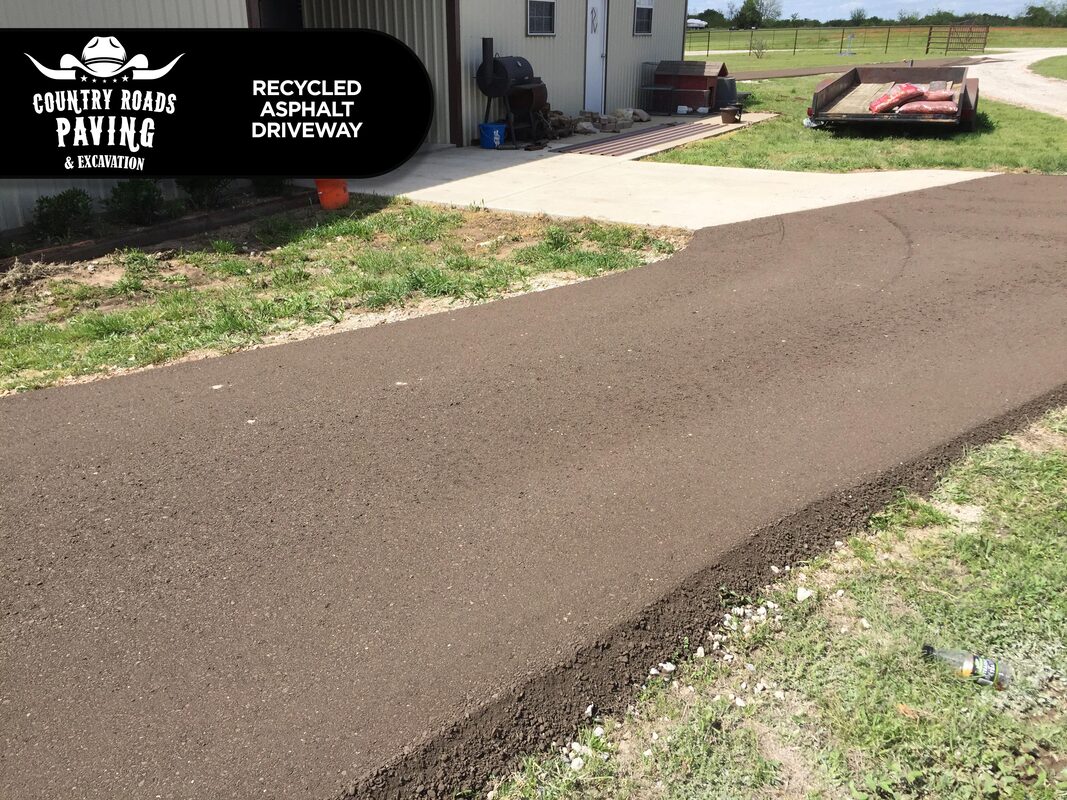
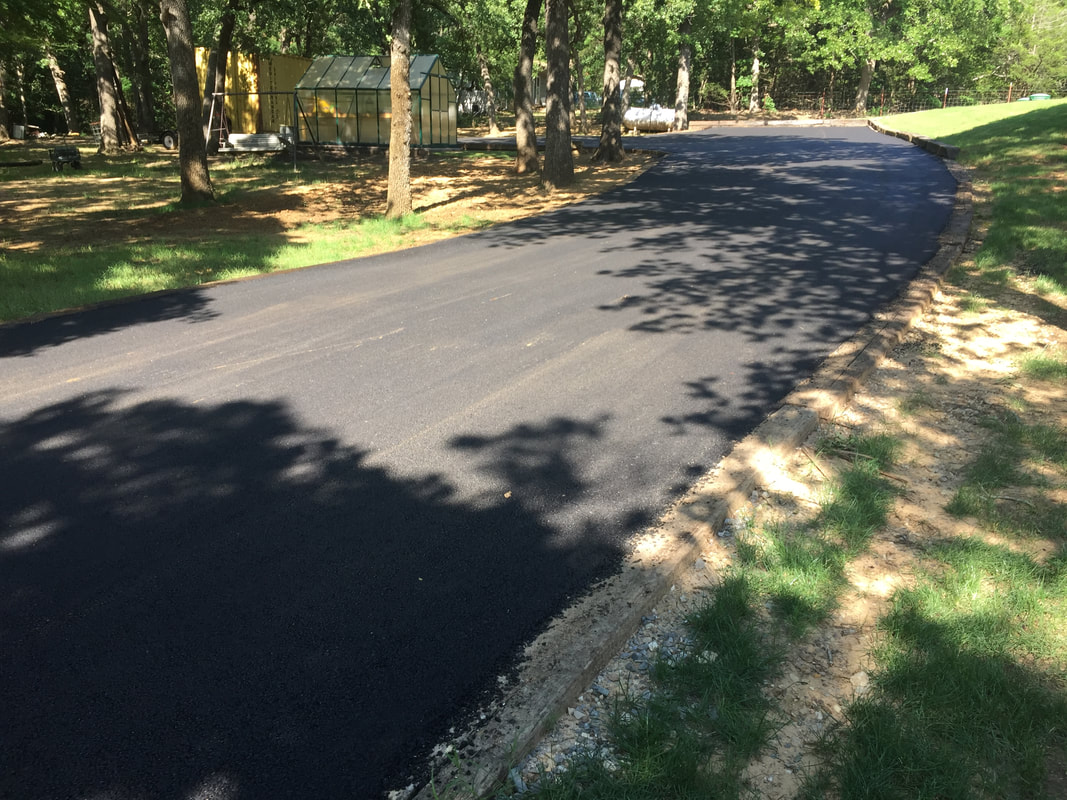
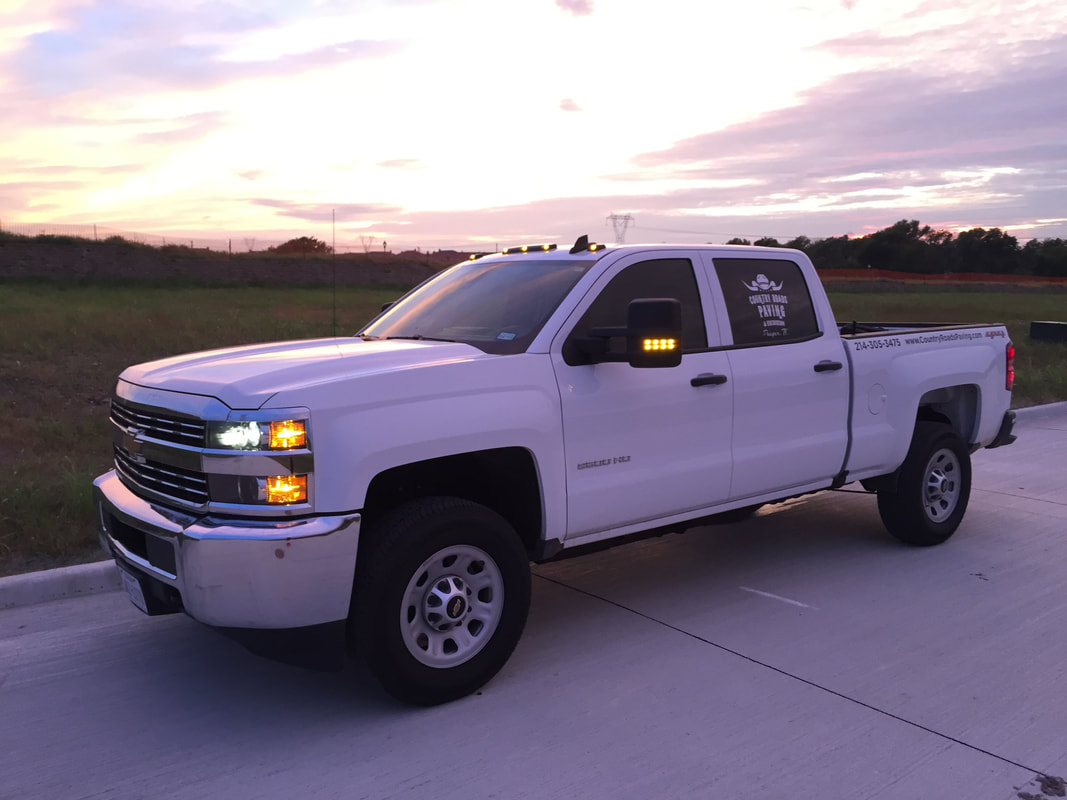
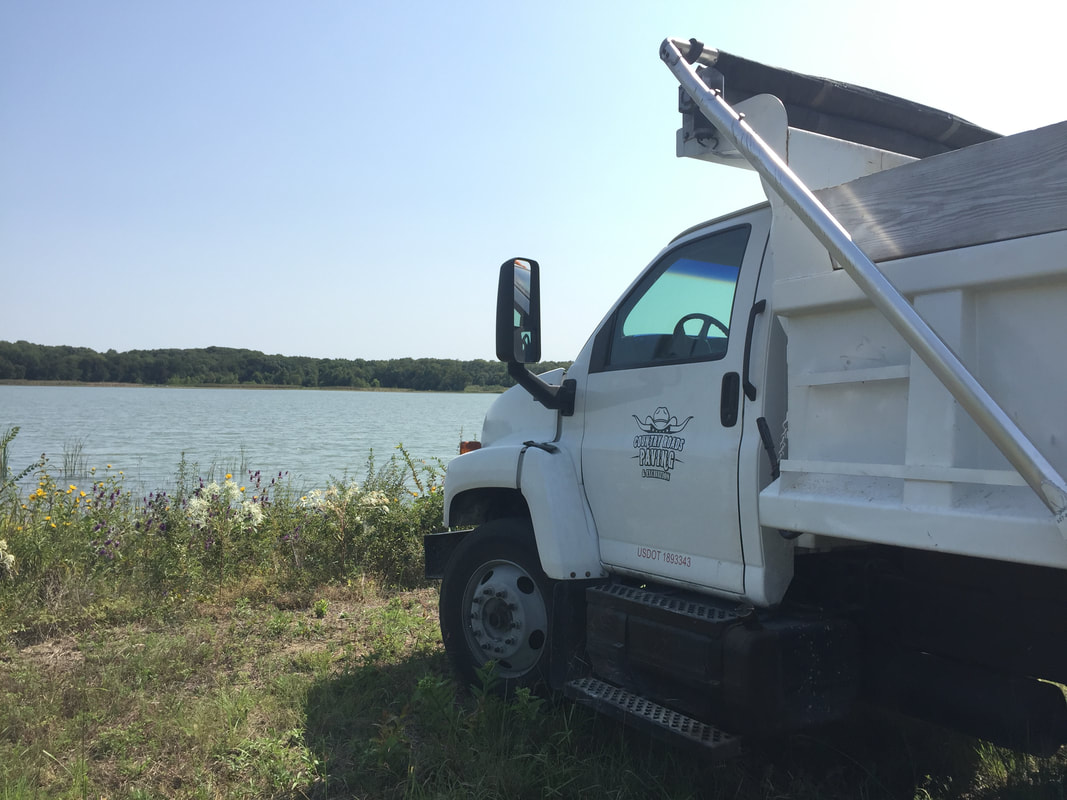
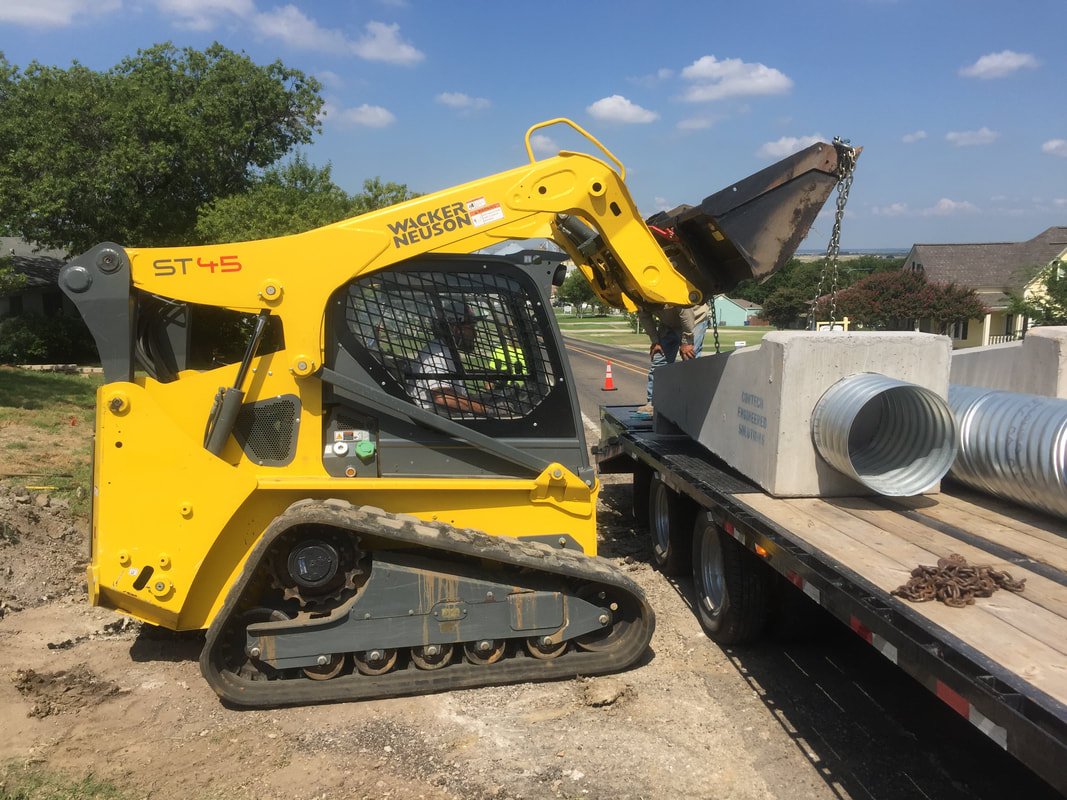
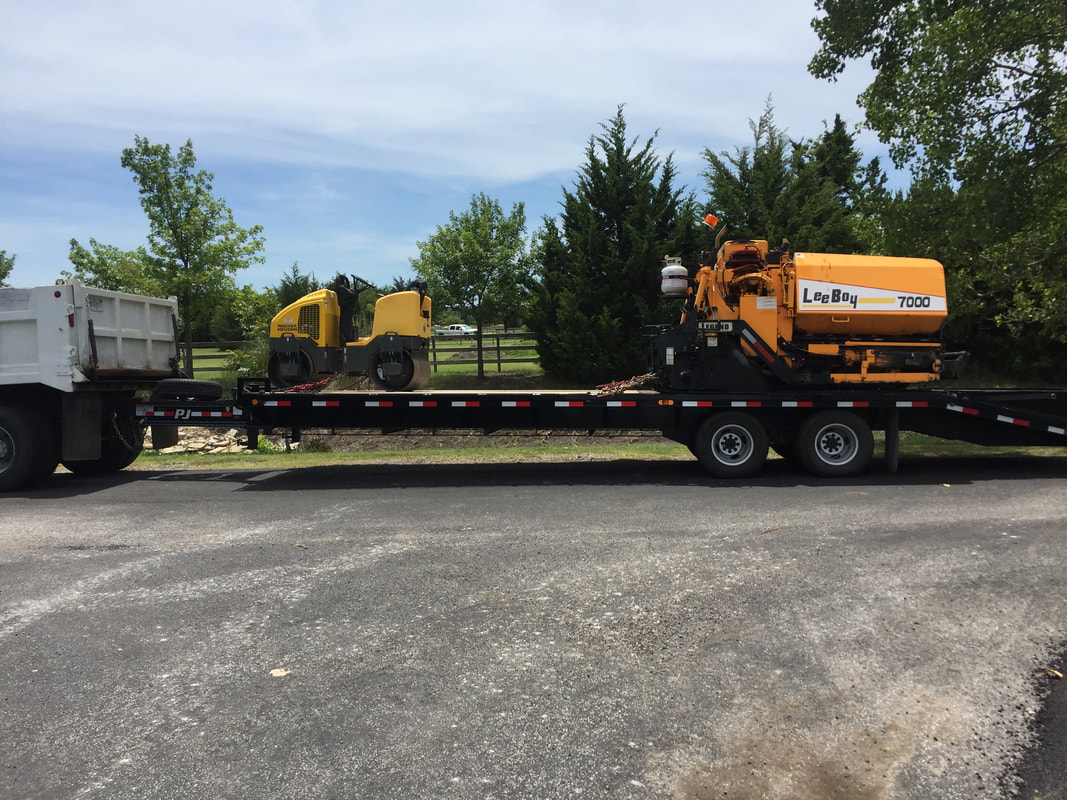
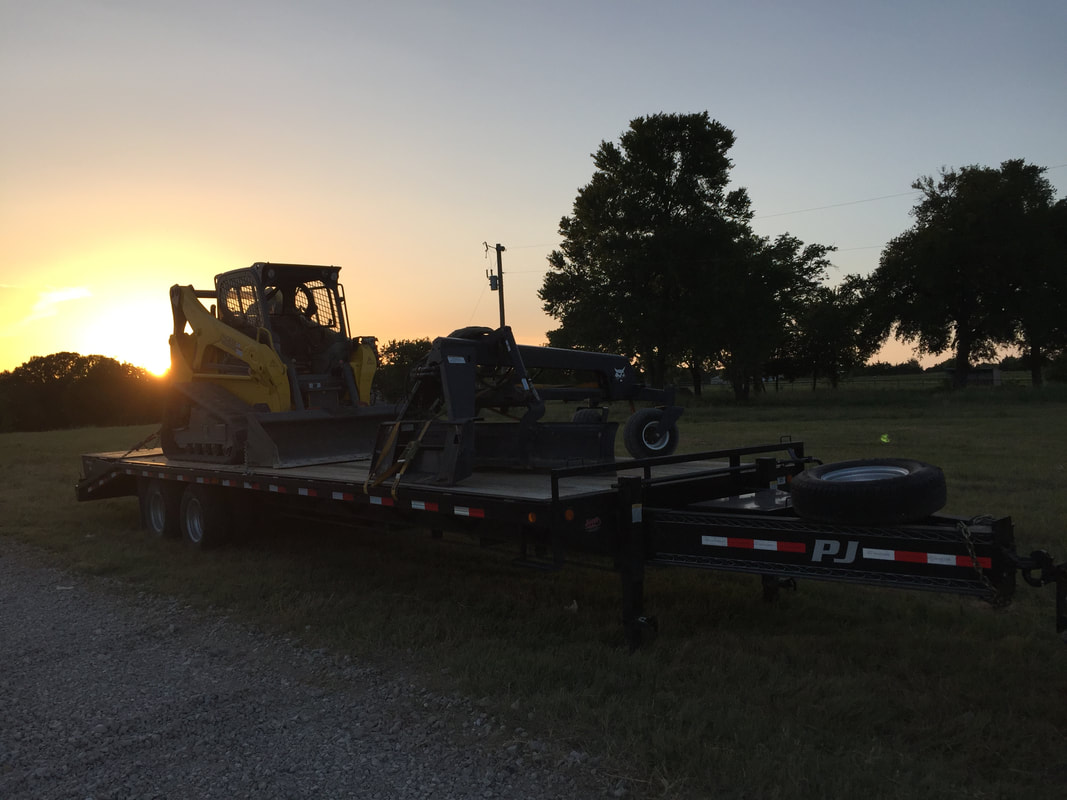
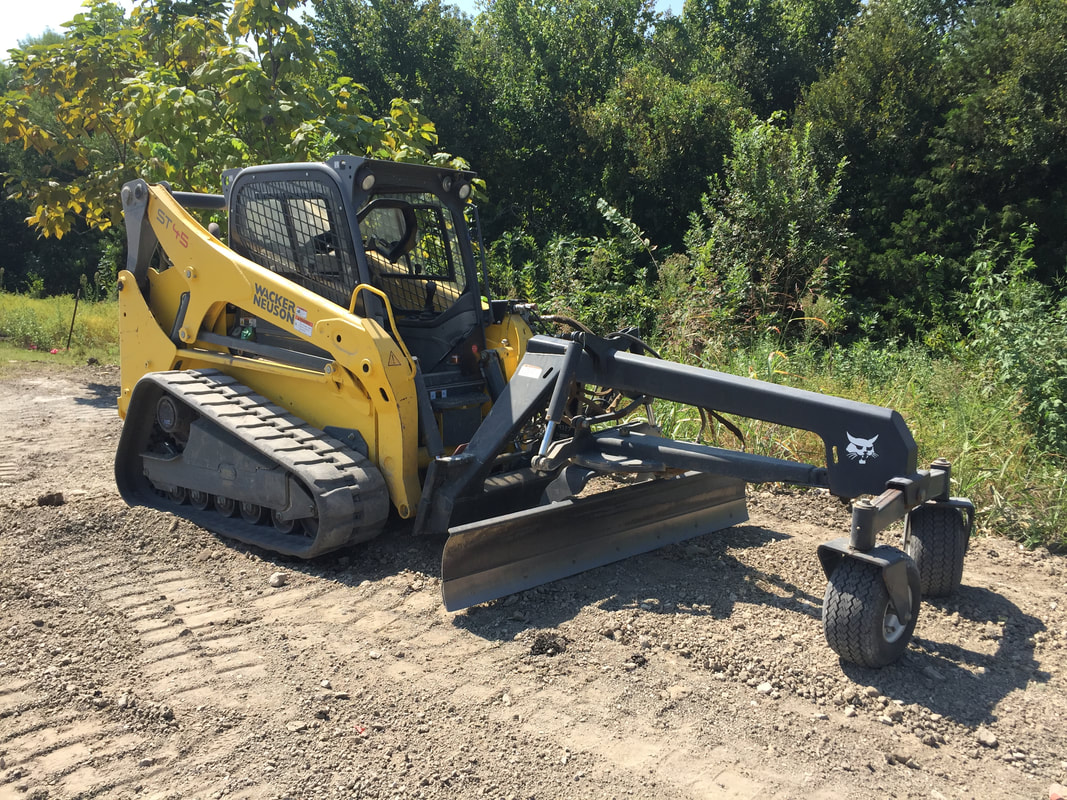
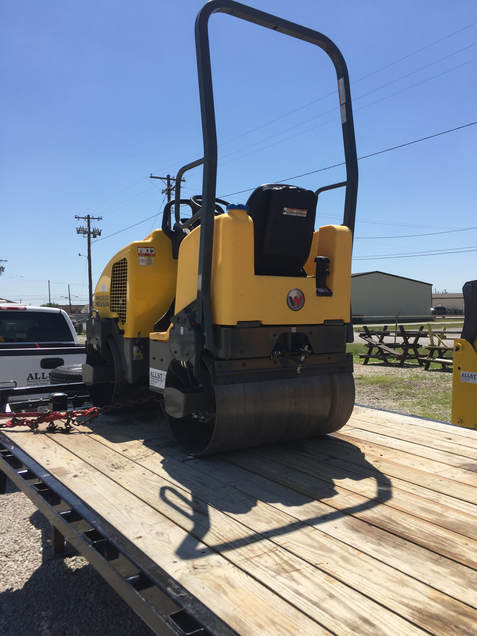
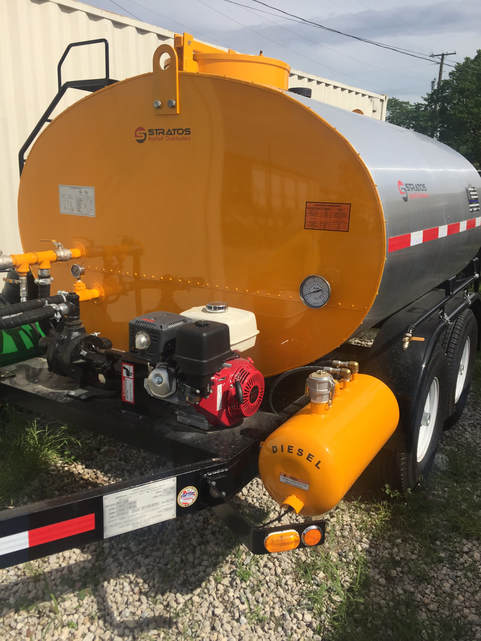

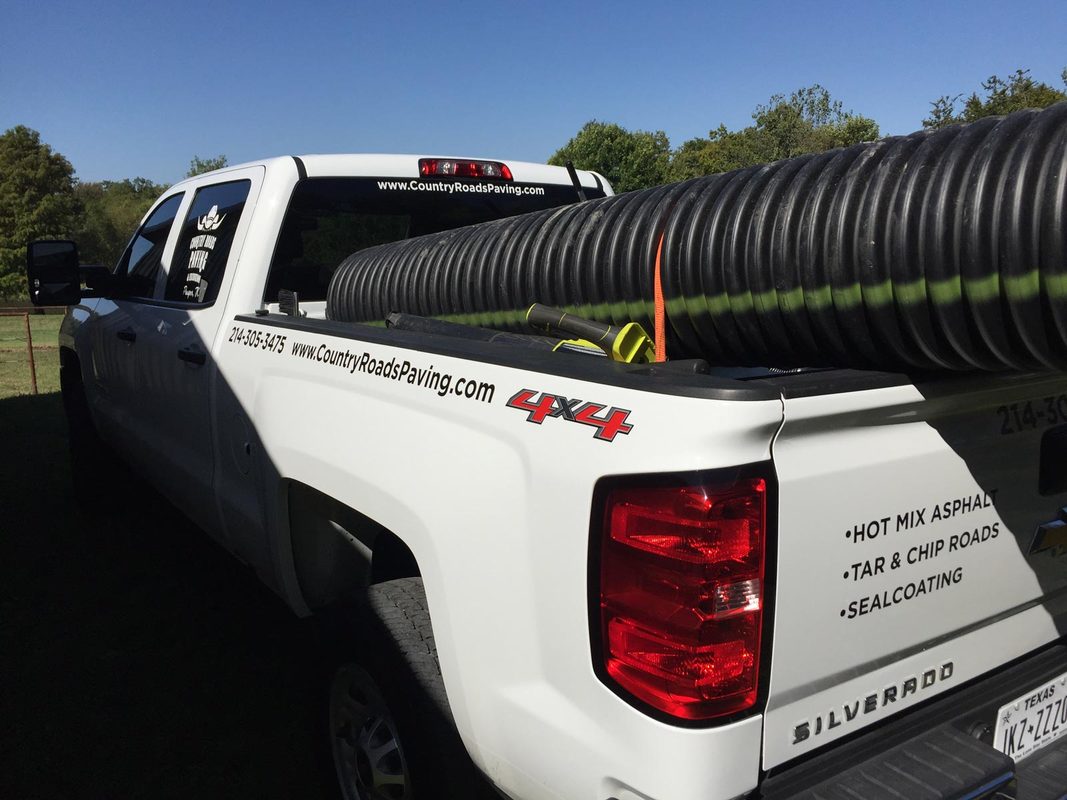
 RSS Feed
RSS Feed
